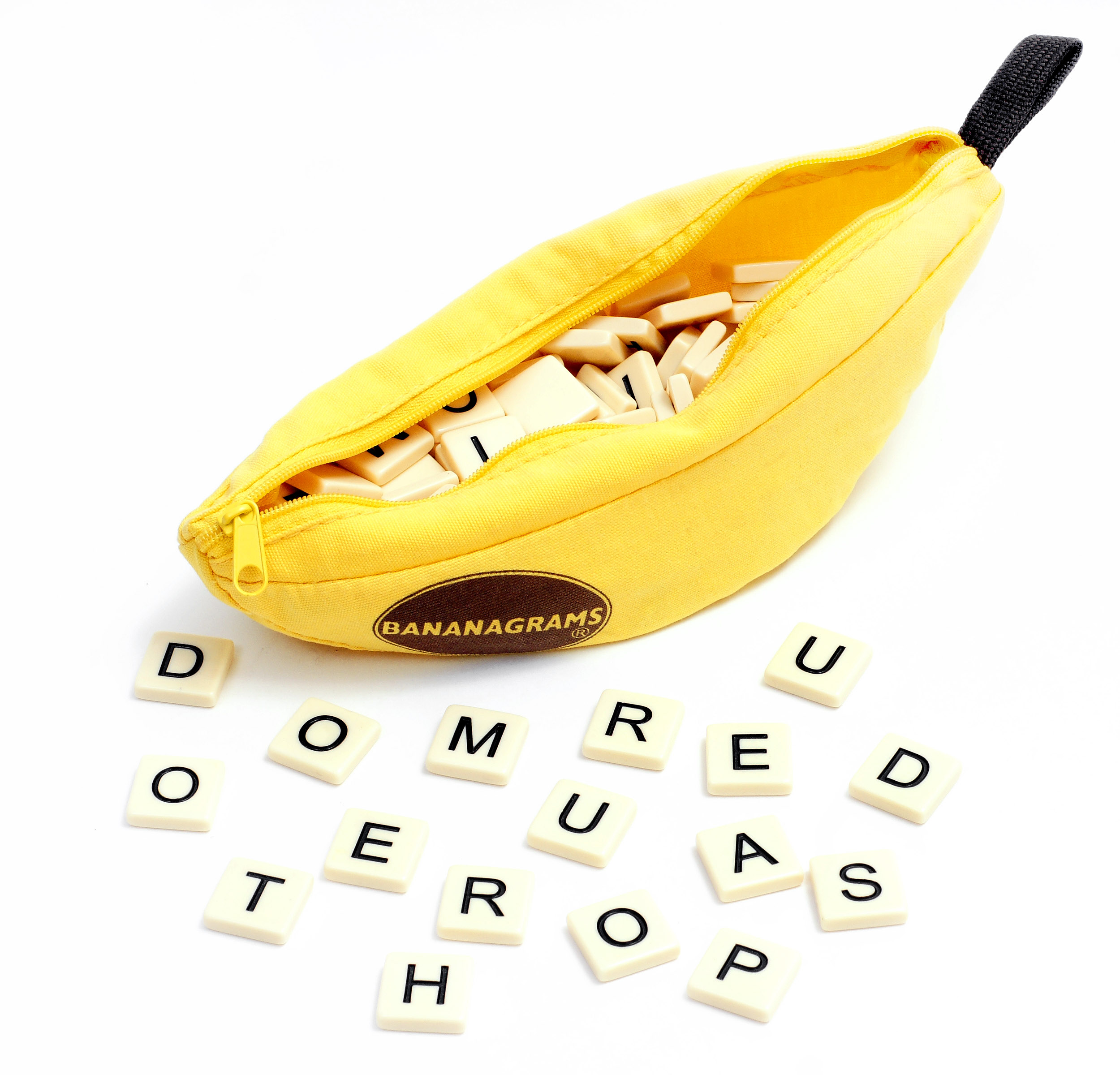My plan for a series of upcoming posts is to clearly explain the five major elements of literacy instruction: phonological awareness, phonics, fluency, vocabulary, and comprehension. Something to keep in mind about today's post: phonological awareness mostly pertains to students in kindergarten, first, and second grade. Another big picture idea to remember is that phonological awareness lessons and activities do not involved letters or written words- they can be done with the lights out. In a nutshell, phonological awareness is the ability to recognize and manipulate the sounds in words. There are four subcategories of phonological awareness: rhyming, word awareness, syllable awareness, and phonemic awareness.
Rhyming
We expect our earliest students to recognize and produce rhyme with ease. Kids have fun learning to rhyme through a variety of creative activities that involve pictures, puppets, songs, and more! It's great to encourage children to play with creating new nonsense words that rhyme. For example, "What rhymes with purple...how about murple?"
Word Awareness
Before learning to read, kids should first develop the ability to determine the number of words in a sentence. Students who have a keen grasp of word awareness can also distinguish between lengths of words. For example, "Is this a long word or a short word? How do you know?" They demonstrate an understanding of compound words by segmenting, blending, and isolating the individual words.
Syllable Awareness
Many children learn how to segment the syllables in a word by clapping for each syllable they hear. Syllable awareness also involves blending individual syllables to say a whole word. It's also important for kids to learn how to manipulate or "play" with the syllables in a word by isolating and deleting a syllable. For example, "Say kindergarten. Now say kindergarten without the ten." The student's response should be, "kinder."
Phonemic Awareness
People sometimes use the terms phonemic awareness and phonological awareness interchangeably. In fact, phonemic awareness is one component of phonological awareness. A phoneme is the smallest unit of sound in words, and simply stated phonemic awareness is the ability to hear and work with these sound units. I have included more specifics about phonemic awareness skills below:
Blending Phonemes: By the end of first grade, we expect students to blend or segment the phonemes in words with up to 5 sounds to say the whole word. For example, if a student hears the individual sounds in a word, /f/ /r/ /o/ /s/ /t/, they should be able to put the sounds together and say the whole word, frost. Kindergarteners should be able to blend or segment the sounds in words with at least 3 phonemes to say the whole word.
Segmenting Phonemes: In a nutshell, segmenting phonemes is the exact opposite of blending phonemes. When students segment the sounds in a word, they break apart the word by its individual phonemes. For instance, if an adult or peer says the word, bed, the student would segment the phonemes by responding, /b/ /e/ /d/.
Isolating Phonemes: In Kindergarten, students learn how to isolate each sound that they hear in words with at least three sounds. When given a whole word, kindergarteners should be able to produce the sound they hear only at the beginning, middle, or end of a word. For example, a teacher might ask a child, "What is the sound that you hear in the middle of the word, back?" The student should respond with only the middle sound, /a/. It should be noted that isolating and manipulating middle sounds is more challenging than working with beginning and final sounds.
Deleting Phonemes: Second graders should be able to delete one of the sounds that they hear in words with at up to five or six total phonemes. A student might be prompted to delete phonemes in this way, "Say splice. Now say splice without the /p/." The student should respond, "slice". In first grade, we expect students to delete the phonemes in words with at least three to five sounds.
Substituting Phonemes: In first grade, students learn how to change words by replacing sounds with other phonemes. For example, teachers may ask their students, "Say hit. Now change the /i/ to /a/." The student should respond with the new word, "hat".
 |
| Brooke J. puts together a phoneme segmentation puzzle for the word, pen. She segments each sound in the word, /p/ /e/ / n/ and then blends the sounds together to say the whole word, pen. Nice work, Brooke! |











